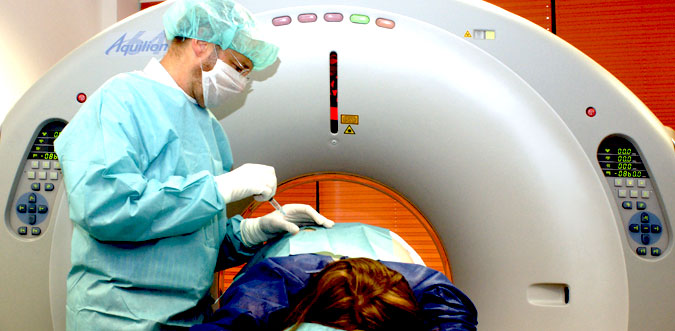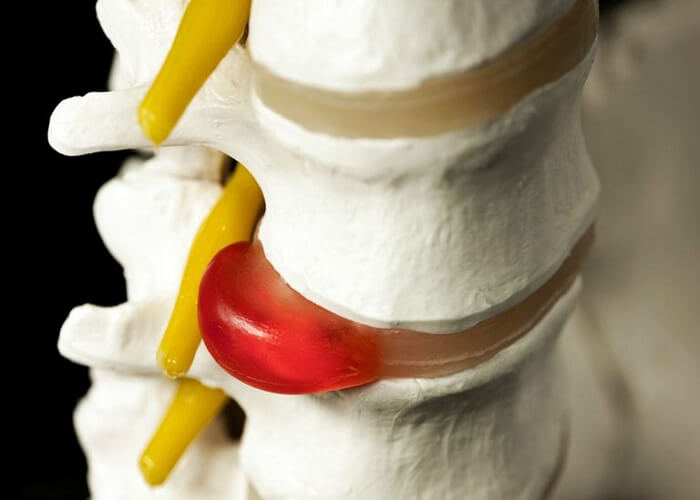A multitude of therapies is available to treat disc herniation, ranging from conservative methods (medication and physical therapy) to minimally invasive (percutaneous) treatments and surgery. O2-O3 chemonucleolysis (O2-O3 therapy) is one of the minimally invasive treatments with the best cost/benefit ratio and lowest complication rate. Another substance recently made available exploiting the chemical properties of pure ethanol is DiscoGel, a radiopaque gelified ethanol more viscous than absolute alcohol.
Patients satisfactory
The therapeutic success rate of DiscoGel chemonucleolysis in patients unresponsive to O2-O3 therapy was satisfactory. Among other methods used to treat lumbar disc herniation, DiscoGel chemonucleolysis can be deemed an intermediate procedure bridging conservative medical treatments and surgery.
The treatment is successful (improvement in pain) in 75% of patients with lumbar disc herniation unresponsive to O2-O3 therapy.
DiscoGel is safe and easy to handle and there were no complications related to product diffusivity outside the treatment site.
Procedure

Disc puncture is performed with a 22G × 15 cm spinal needle under fluoroscopic guidance using a GE ADVANTAGE 3D XR 2.0 digital biplane angiography system. Access to the disk is usually easy with straight needles. The use of a thin, flexible needle helps in reaching the good position inside the disk nucleus.
The amount of DiscoGel injected into each intersomatic disc ranges from 0.5 ml to 0.8 ml depending on the amplitude of the disc space and the relative capacity of the disc to accommodate the gel.
After treatment patients are placed in supine decubitus and invited to rest in that position for two hours. On discharge from the day in the afternoon patients are instructed to resume work, sport and leisure activities gradually.
Mechanism of action
- Mechanism of action actionprincipally linked to the hydrophilic properties of the agent which make the gel soluble and who generates the migration of the water from the periphery of the disc (including hernia) towards his centre.
- The not soluble gel in the presence of water, precipitates and settles in the micro infractions of the disc to create so a «flexible soft prosthesis».
How long is recovery after DISCOGEL® intervention?
A symptomatic improvement may occur between within 3 up to 6 weeks after the injection of DISCOGEL. While in comparison with the conventional surgery well accomplished, 3 months are necessary.
Specialties of doctors applying the technique
Interventional Pain Physicians
Orthopedic specialist in the spine
Neurosurgeons
References
http://www.e-algos.com//







